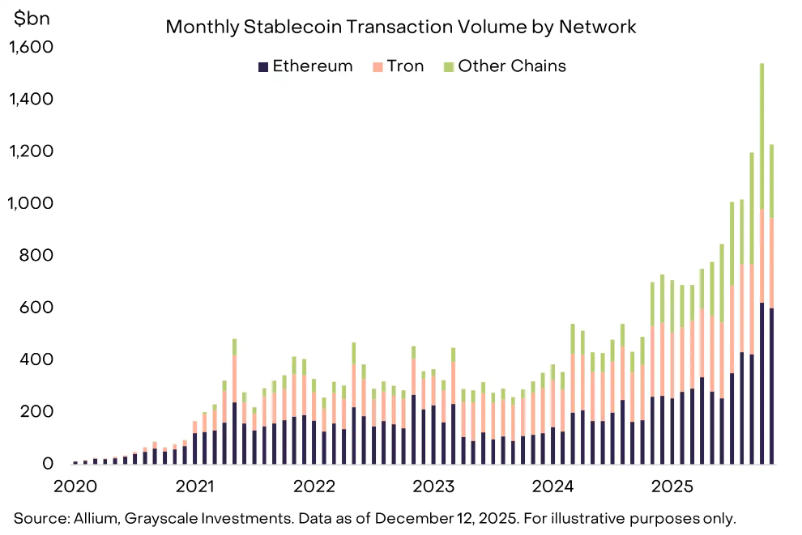XRP Price: Regulatory Clarity and Institutional Adoption Fuel New Era of Growth
- SEC's 2025 dismissal of Ripple case confirmed XRP as non-security, unlocking ETF approval pathways and $5-8B liquidity potential. - Institutional adoption surged with $7.1B in ODL holdings and 300+ banks processing $1.3T in XRP transactions via Ripple's infrastructure. - ProShares Ultra XRP ETF's $1.2B AUM and RLUSD integration with Aave Horizon validate XRP's role in bridging traditional and blockchain finance. - XLS-30 AMM upgrade and tokenized asset partnerships position XRP for sustained utility amid
The XRP price trajectory in 2025 has been shaped by two transformative forces: regulatory resolution and institutional adoption. After years of uncertainty, the U.S. Securities and Exchange Commission (SEC)'s dismissal of its case against Ripple Labs in August 2025 has provided a critical inflection point. This development, coupled with a surge in institutional-grade financial products and infrastructure, has positioned XRP as a cornerstone of the evolving digital asset ecosystem.
Regulatory Clarity: A Watershed Moment
The Second Circuit's final dismissal of the SEC's appeal in the Ripple case confirmed that XRP traded on exchanges is not a security under U.S. law. This ruling, combined with Judge Analisa Torres's earlier decision, has created a clear legal framework distinguishing between secondary market transactions and private institutional sales. Ripple's $125 million settlement—a fraction of the SEC's initial demand—has been widely interpreted as a pragmatic resolution, signaling a shift in regulatory enforcement toward proportionality.
The implications are profound. For XRP, the removal of the “security” label has unlocked a pathway for spot ETFs. Applications from firms like Grayscale, Bitwise, and WisdomTree are now under review, with Bloomberg analysts assigning a 95% probability of approval by October 2025. Such products could inject $5–8 billion into XRP's liquidity pool, creating a structural tailwind for price appreciation.
Institutional Adoption: Building the Infrastructure of the Future
Regulatory clarity has catalyzed institutional adoption, with XRP's utility in cross-border payments and decentralized finance (DeFi) driving demand. Ripple's On-Demand Liquidity (ODL) service now supports $7.1 billion in institutional holdings, with 300+ financial institutions—including JPMorgan , Santander , and SBI Holdings—processing $1.3 trillion in transactions via ODL in Q2 2025 alone. This real-world usage underscores XRP's role as a bridge between traditional finance and blockchain-based solutions.
The launch of the ProShares Ultra XRP ETF (UXRP), which has already attracted $1.2 billion in assets under management, further validates XRP's institutional viability. Meanwhile, Ripple's RLUSD stablecoin, custodied by BNY Mellon, is being integrated into platforms like Aave Horizon, enabling tokenized asset settlements and cross-market lending. These innovations are not speculative—they are operational, with XRP Ledger (XRPL) now hosting $301 million in real-world assets (RWAs) and growing at a 23% monthly rate.
The Road Ahead: Momentum and Long-Term Viability
XRP's near-term momentum is supported by a confluence of factors: regulatory tailwinds, ETF-driven liquidity, and institutional infrastructure. However, its long-term viability hinges on its ability to maintain utility in a rapidly evolving market. The XLS-30 AMM upgrade, which enhances liquidity and reduces pre-funding requirements for banks, is a critical step in this direction. Similarly, Ripple's partnerships with DeFi protocols and its focus on tokenized assets position XRP to benefit from broader trends in financial innovation.
For investors, the current environment presents a strategic opportunity. XRP's price has already responded to regulatory clarity, but the full impact of ETF approvals and institutional inflows may take months to materialize. A diversified allocation to XRP, balanced against traditional assets like the S&P 500, could offer exposure to a digital asset with both speculative and foundational value.
In conclusion, XRP's journey from regulatory uncertainty to institutional legitimacy reflects a broader shift in the crypto landscape. As policymakers and market participants align on a framework for digital assets, XRP's role as a utility-driven token with clear compliance boundaries makes it a compelling case study—and a potential long-term holding for forward-looking portfolios.
Disclaimer: The content of this article solely reflects the author's opinion and does not represent the platform in any capacity. This article is not intended to serve as a reference for making investment decisions.
You may also like
Top 10 Crypto Investment Themes for 2026: Transformation and Opportunity

SKR Holders Will Receive Profits: Solana Co-Founder Unveils Revolutionary Mobile Vision
US senators introduce bipartisan bill to combat crypto fraud